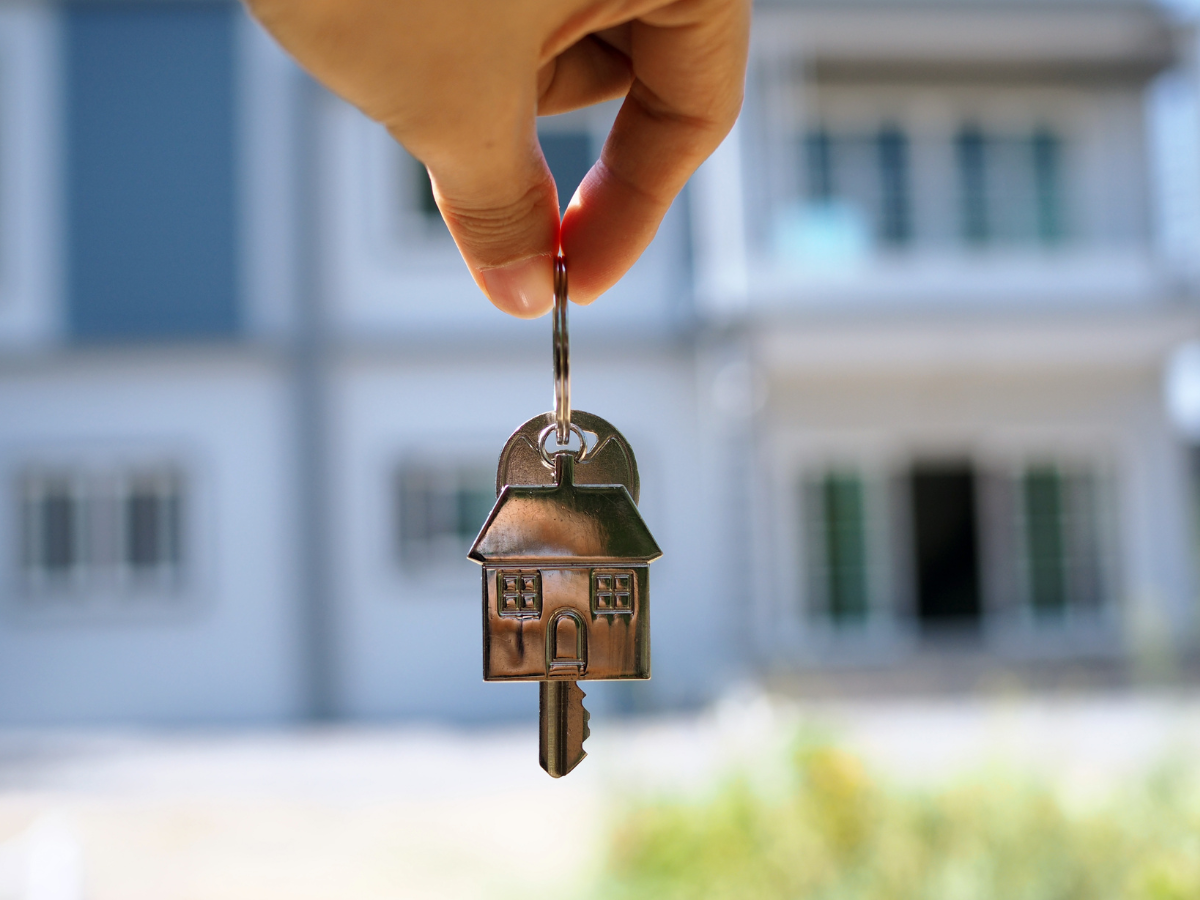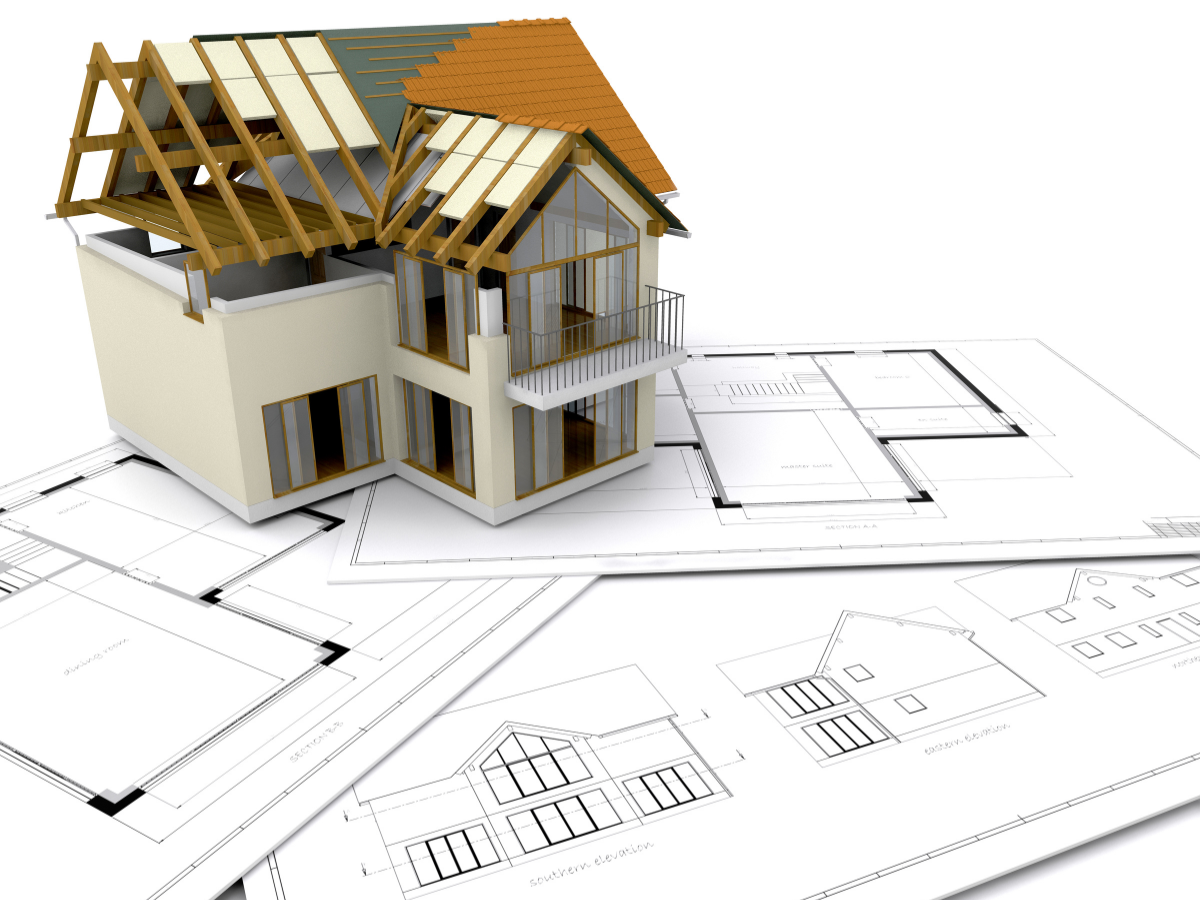As we step into 2024, you may be thinking of buying a home or, maybe you’re wondering how the market is going to play out. In this blog post, we will describe the important factors that influence the real estate market and provide you with a clear understanding of the dynamics involved.
Economic Overview
As of today, the economy is at an interesting juncture, with inflation and the Federal Reserve’s policies playing crucial roles. We’re currently seeing headline CPI (Consumer Price Index) at 3.1%, and the Federal government has a dual mandate to control inflation and sustain full employment. The expectation is that the Fed may cut rates multiple times in 2024 to counteract restrictive policies.
As stated by Housingwire.com, the housing market in 2024 reflects a delicate balance between growth and affordability. While home prices are on the rise, they are doing so at a more stable and controlled pace compared to the tumultuous increases seen during the pandemic. The increased inventory and climbing sales rates suggest a healthy market, but the lingering affordability crisis remains a concern.
Mortgage Rates and Recession
With the Fed likely to cut rates and inflation moderating, the direction of mortgage rates becomes pivotal. The expectation is that rates may trend down, possibly reaching the mid-5 % range. While a recession might be on the horizon, signs indicate a potential for a ‘soft landing’ rather than a severe downturn, given the resilience of employment and changing economic dynamics.
Inventory Forecast
In the real estate market, listings are a key factor influencing supply and demand. While 2024 is expected to start with higher inventory levels than 2023, the increase may not be substantial enough to alter the market dynamics significantly. Factors such as low interest rates and increased demand may drive more sellers to list their homes, but it’s unlikely to flood the market with new inventory.
Inventory Trends:
The year concluded with over 3,000 homes on the market for Northeast Ohio according to Redfin.com. Sellers are gradually re-entering the market, and the growth in new homes under contract is a positive sign for the market’s health.
Affordability Challenges Persist:
Despite positive market indicators, there is an ongoing affordability crisis, as many potential buyers are unable to afford homes due to high prices. While lower mortgage rates may make payments more affordable, they could also increase competition among buyers, driving up home prices.
Buyer Demand and Transactions:
Improved housing affordability, resulting from lower mortgage rates and moderate home price increases, is expected to boost buyer demand. However, the limited number of qualified buyers in the market may prevent a significant increase in transactions. Affordability continues to be a challenge, even with predicted wage growth.
Price Reductions and Market Normalization:
Price reductions are currently in the “normal range,” with 34.8% of homes on the U.S. market having taken a price cut. The expectation is for this percentage to fall in the coming months as fresh inventory enters the market in spring.
House Price Outlook for 2024:
We expect moderate house price growth, ranging between 3% and 5% in most areas across the United States. In November 2023, the median listing home price in Northeast Ohio was $119K, with a year-over-year increase of 1.3%. The median listing home price per square foot was $80, and the median home sold price was $105K, as reported by Realtor.com. While we may see more transactions and a slight increase in inventory, affordability constraints are likely to keep a lid on house prices.
Should You Buy a House in 2024?
To be prepared for buying a house in 2024, our agents suggest meeting the following:
1. Be debt-free.
2. Have an emergency fund covering 3–6 months of expenses.
3. Ensure your monthly house payment is 25% or less of your monthly take-home pay, based on a 15-year fixed-rate mortgage.
4. Have a down payment. While a 20% down payment is ideal to avoid private mortgage
insurance (PMI), 5–10% is acceptable for first-time home buyers. However, be aware of the PMI costs. Avoid FHA and VA loans as they incur higher fees.
5. Be able to pay the closing costs upfront without using money from your down payment.
If you don’t meet these qualifications, it doesn’t matter if the market is favorable. Buying a home could become a burden instead of a blessing. Take your time to improve your financial position before purchasing a house the right way.
Future Outlook:
In conclusion, the housing market in 2024 shows cautious optimism, with signs of growth and stability. However, addressing the affordability crisis is vital for a more inclusive and sustainable real estate scenario.
When navigating the 2024 housing market, consider economic factors, interest rates, and housing dynamics. Whether you’re buying, selling, or investing, understanding these trends will help you make informed decisions. Remember, real estate is local, so keep an eye on your market conditions.










